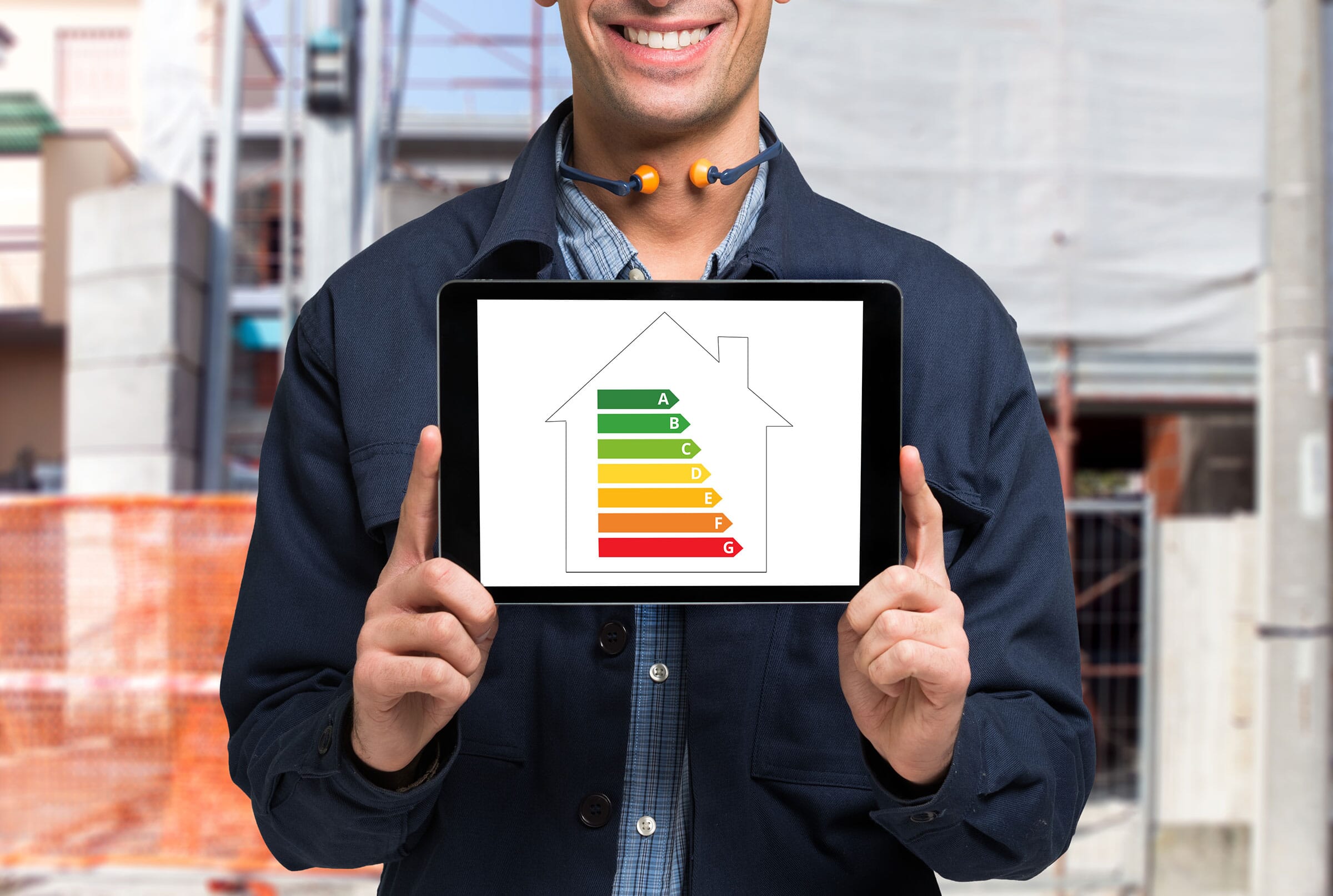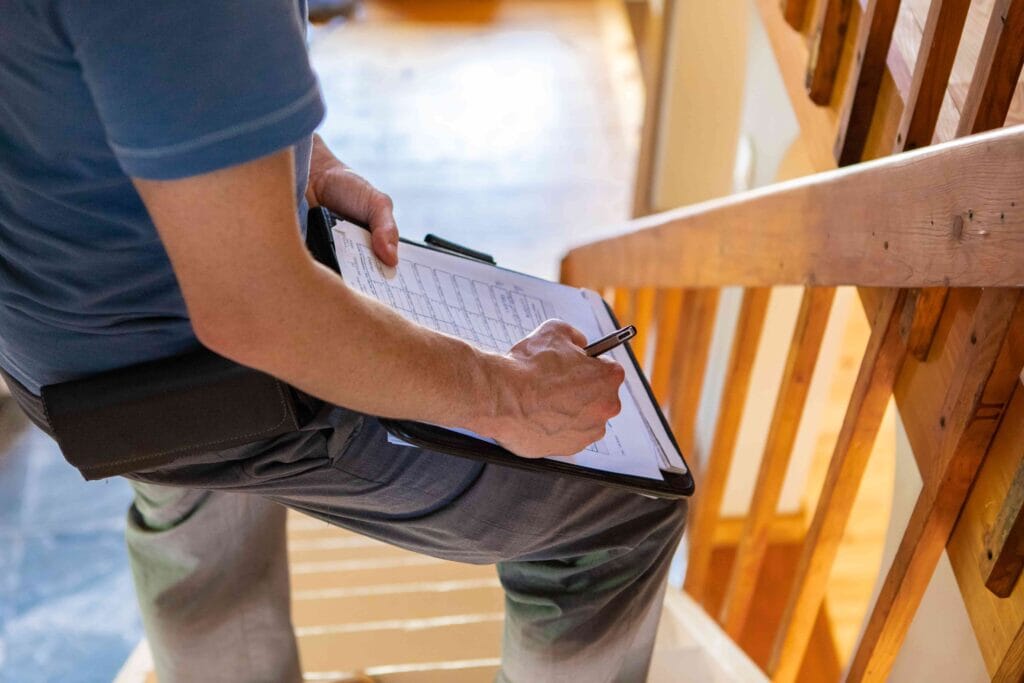
New energy performance targets in Wales
Part L/Section 6
New energy performance targets in Wales
New energy performance targets in Wales
From November 2022, all residential development in Wales must be designed to comply with the toughest energy efficiency targets ever applied in the country.
Minimum EPC ratings and new energy use targets are being added to existing requirements for low carbon emissions and fabric heat loss.
What’s changing:
The Building Regulation Approved Document Part L has been updated. This section covers the energy efficiency of new construction. These changes are a massive leap forward compared to the current targets, which will push designers into using more insulation, using green heating systems, and finding ways of keeping energy demand low.
The new rules apply to sites which are submitted to Building Control from November 23rd onwards. It will also cover buildings on existing sites that haven’t been started before November 2023. Approved Document Part F (ventilation and air quality) is also changing on this date, and a new building regulations (AD O) to target overheating will launch at the same time.
EPC targets
Starting with the newest hurdle to AD L compliance, all new homes must achieve an Energy Performance Certificate of A or B. The EPC rating assesses each dwelling based on the expected cost of fuel bills where A rated homes have the lowest bills, and G rated homes are the most expensive to run.
This is the first time anywhere in the UK that an EPC target has been applied through Building Regulations, and it is giving designers a conundrum…
The new AD L has been designed to penalise the use of fossil fuel heating systems, such as gas boilers. However, a kilowatt hour of electricity is currently five times the cost of the equivalent in gas, so it is typically easier to score better EPC ratings using a gas boiler.
This isn’t the best option for compliance with the other targets, so designers will need to plan ahead to find a balance that ticks the boxes for all requirements.
SAP targets
Anyone who’s built a home in the last 15 years will be aware of the SAP calculation. It is used to confirm the design of the dwelling meets minimum energy efficiency standards.
In the revised Approved Document, the Target Emission Rate has been cut by more than a third. This means homes must use less carbon intensive fuels, or offset the fuel they’re using through onsite generation. The updated SAP calculation now treats electricity as a more sustainable fuel source than gas because of the UK’s reduced reliance on coal to create our power.
The second target is new – the Primary Energy Rate. This puts focus onto the amount of energy a house needs to supply heating, hot water, ventilation and lighting. High efficiency systems, such as heat pumps and LED lighting, are key to compliance.
Another new target in AD L is U-Value thresholds. This is the amount of insulation a developer must include in the building’s walls, floors and roofs. Under the older regulations, U-Value thresholds could be overlooked if the other SAP targets met full compliance.
This is no longer the case. Moving forward, all floors must achieve a U-Value of 0.15, all roofs 0.13, windows 1.4 and walls can’t be any higher than 0.18 in houses or 0.21 in flats.
What does this all mean?
Compliance with AD L is going to be much tricker than the industry is used to.
To meet both the Primary Energy and Emission Rates, designs of new homes will need low-energy, high-efficiency heating systems. The use of fossil fuels will be discouraged, and the inclusion of solar panels will become far more commonplace on new development.
Using heat pumps seems like a sensible option for compliance, however the new minimum EPC target will throw a spanner in the works. The cost of electricity is so high currently, that additional efficiency improvements may be needed to ensure all homes meet a B rating.
And the mandatory U-Value targets will mean the fabric shell of every new dwelling is built to such a high standard of insulation, that they should never need to be upgraded in the future.
And on top of all the above, see the Energist article on Photographic Evidence – this new rule is already live in England, but is being introduced in Wales as part of the November changes.
It’s important to plan ahead to make sure you’re on the right track to compliance in readiness for November’s changes. Speak to the Energist team to find out how we can help with compliance with the new AD L and AD O targets.





